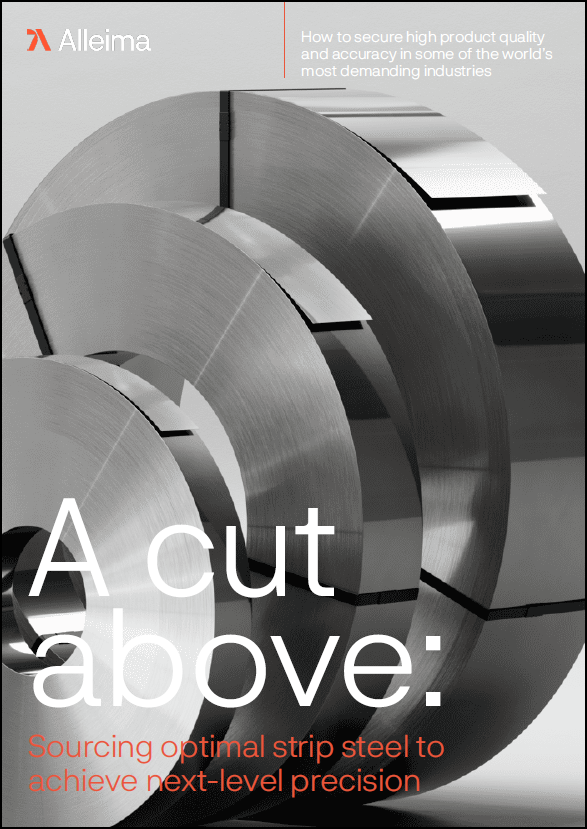
Powered instruments and accessories are essential tools for orthopaedic surgeons, who use them to cut, fixate, and dissect bone in a wide range of procedures. Bone saws are instrumental in joint replacements, osteotomies, and arthroplasties, for example. Meanwhile, in fracture fixation, drill holes are often required to prepare the bone for implant insertion.
According to Minnaard et al, bone resection is performed in more than 75% of all orthopaedic procedures, with a powered oscillating saw commonly deployed by surgeons.[1] While traditional, manual tools are still in use, the introduction of power tools certainly revolutionised the orthopaedic field, enabling greater accuracy and efficiency in drilling and sawing.
GlobalData insights found that the global market for orthopaedic power tools and consumables is valued at around $1.3 billion in 2023, with forecasts expecting this to hit $1.6 billion by 2030. The consumables segment (including replaceable saw blades, replaceable burrs, K-wires, rasps, Steinmann pins, disposable twist drills, and disposable cannulas) has the higher share, representing 56% of the overall market compared to 43% for the tools themselves.
Tina Deng, principal analyst, medical devices at GlobalData explains: “Depending on the lifespan of an orthopedic power tool system, surgical centers may not replace it or buy additional units in a given year, but they continuously purchase disposables to meet the demands of high-volume procedures.”
Design trends
Orthopaedic power tools continue to evolve, with one key progression concerning the power source itself. While traditional systems were pneumatic, a GlobalData report finds use of such tools to be declining as hospitals around the world adopt higher-priced electric and battery-powered systems. In all geographies, there is a general trend towards rechargeable lithium (Li) or nickel (Ni) battery-powered devices, which have the advantages of being leadless and thus increasing the surgeon’s mobility. On the other hand, battery-powered devices have the downside of being limited by duration of use and charging times.
Another focus has been on reducing the weight and ergonomics of the devices, making them more comfortable to hold during lengthy surgeries and less likely to cause strain for the operator. Lighter materials, for example lightweight metal alloys, have the additional advantage of generating less heat, helping to solve a key challenge associated with power-driven tools.
Perfecting the blade
While numerous advancements have been made concerning the systems themselves, any surgical power tool, whether manual, pneumatic, or battery-powered, is only as good as its blade. And according to Remco Jongen, global product manager at precision strip steel company Alleima, there are many different blade designs to choose from.
“Surgical blades come in a wide variety of different geometries,” he explains. “Predominantly, the blades are saw blades and the edges consist of cutting teeth. To achieve optimal accuracy, efficiency and control during surgeries, the shape and sharpness of the teeth are key. For this, the consistency and homogeneity of the strip steel material play a critical role.”
Different teeth geometries can have a dramatic effect on the performance of the blade and must be chosen carefully, meanwhile the thickness of the steel must also be appropriate to the application. In addition, as Jongen mentions, the properties of the strip steel material and the quality of its microstructure are critical. During longer procedures, or instances where the device is sterilised and then reused, a strip material with excellent wear resistance and corrosion resistance will retain its sharp edge and clean surface finish, translating to consistent accuracy and efficiency for the surgeon.
The properties of Alleima’s market-leading material for bone saw blades have been tailored to meet these exact requirements. “For surgical blades used in bone cutting and shaping power tools, we supply our AlleimaTM 7C27Mo2 grade,” says Jongen. “The material properties of this alloy in combination with our tight dimensional tolerances enables manufacturers to produce surgical blades with the required quality and operational efficiency.”
Located in Sweden, Alleima’s precision strip mill produces a wide range of material grades designed to meet the performance and processability requirements of some of the world’s toughest industries. And with a fully integrated supply chain from melt to final strip product, the company has an excellent system for controlling process parameters and material properties from coil to coil.
With surgical power tools a now indispensable part of the orthopaedic toolbox, medical device companies are working hard to further improve their accuracy and efficiency. As the level of precision expected from saw blades creeps higher and higher, manufacturers continue to trust in Alleima’s precision strip steel, which will help them deliver the desired results now and in the future.
[1] https://www.sciencedirect.com/science/article/pii/S1350453320301752



